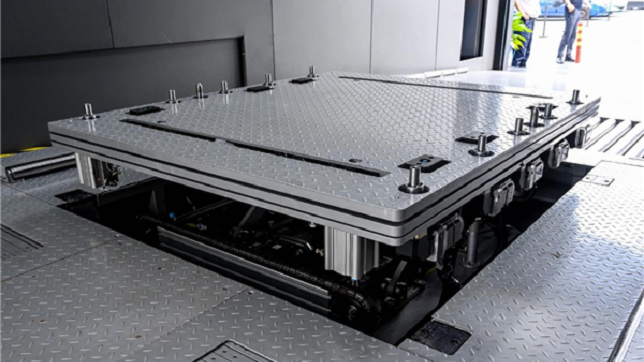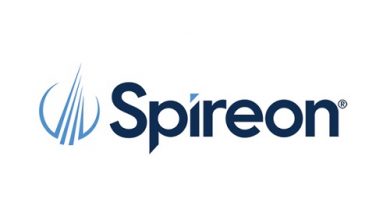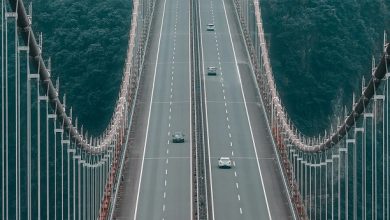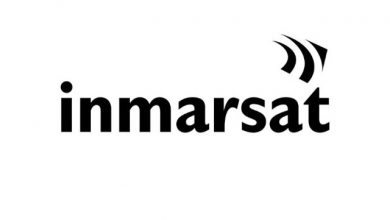China to step up support in building battery swapping, hydrogen refueling facilities

Chinese policymaker formally highlights the efforts to strengthen the construction of such infrastructures as battery swapping and hydrogen refueling facilities, and accelerate the formation of the public-use charging networks covering highways, rural and urban areas mainly supported by fast-charging facilities, according to the Planning for the Development of the New Energy Automobile Industry recently approved by the State Council’s executive meetings.
Under the planning, Chinese government will fiscally support the building of charging piles used as public facilities and encourage the application of battery swapping business model.
The Planning clearly states that the market’s decisive role in allocating resources should be fully played, the companies’ principal position in choosing technical roadmaps should be strengthened, and the government’s role in drawing up standards, laws and regulations and overseeing quality and safety should be underscored. Besides, authorities will work to ensure the orderly development of NEV industry, help build a national unified market and improve the industrial concentration and market competitiveness.
To accomplish that goal, China will make greater efforts to achieve breakthroughs in core technologies in key areas, involving the development and innovation of car-used operating system and power batteries. The in-depth integration of such industries as NEV, energy, transport and communications will be encouraged, and the coordinated development of electrification, connectivity and intelligent technologies will be boosted. Besides, more endeavors will be made to make standards aligned with each other and promote data sharing.
The Planning also underlines the greater cooperation with global partners in NEV field and stronger policy supports for NEV application in public service areas. Starting 2021, NEVs should account for not less than 80% of the vehicles newly added to and deployed to replace old cars in such fields as public transportation, taxi and logistics of the national ecological civilization pilot zone and the key areas for prevention and control of atmospheric pollution.





